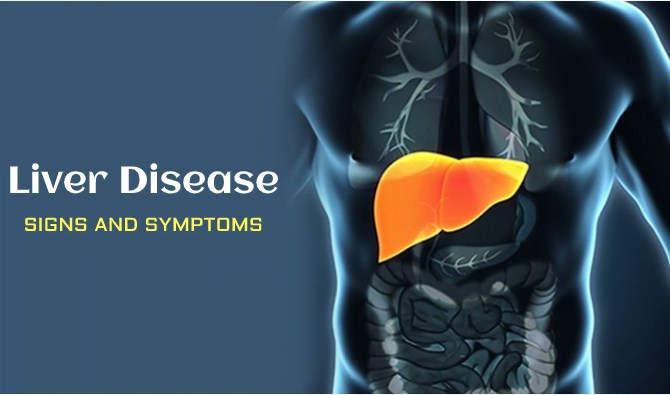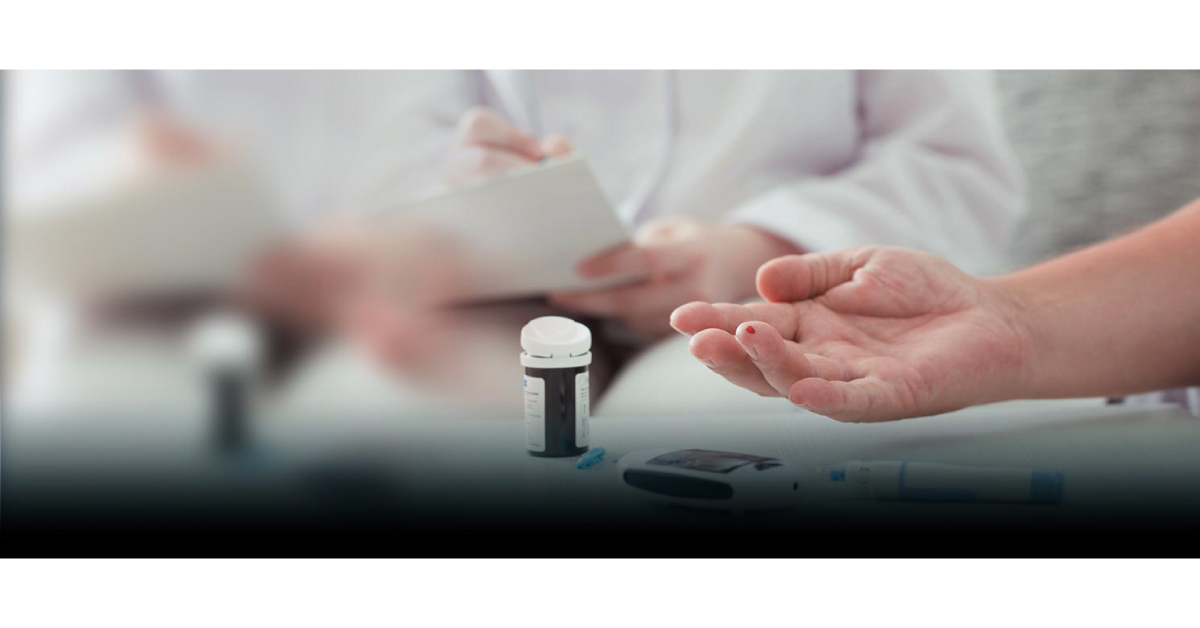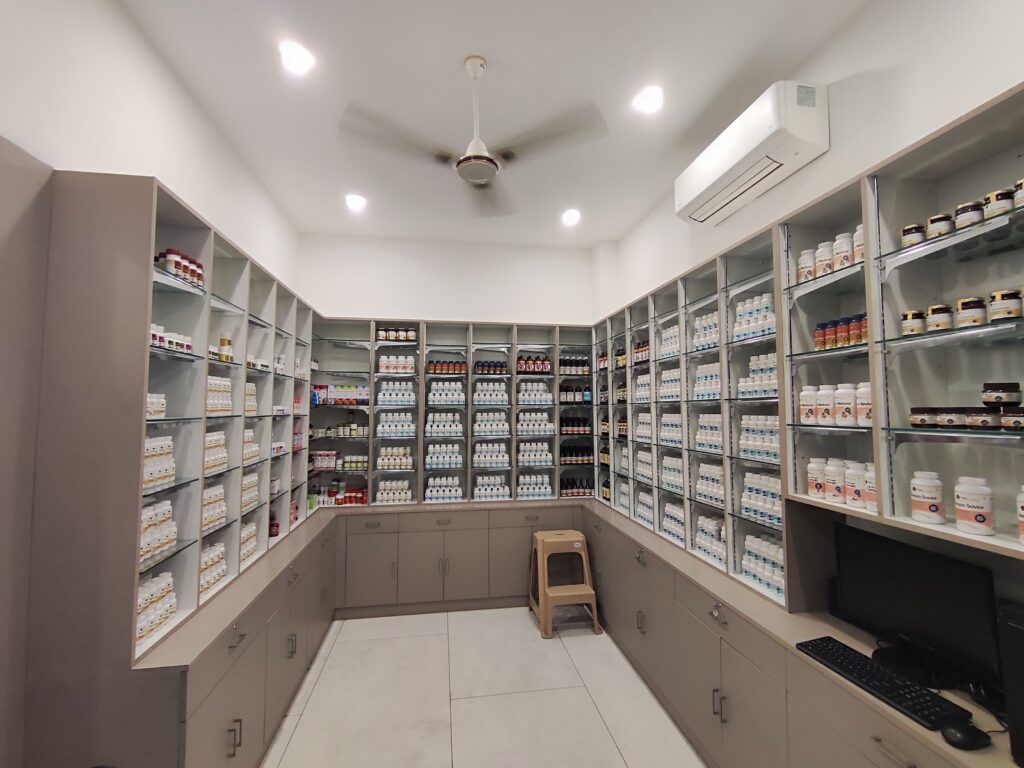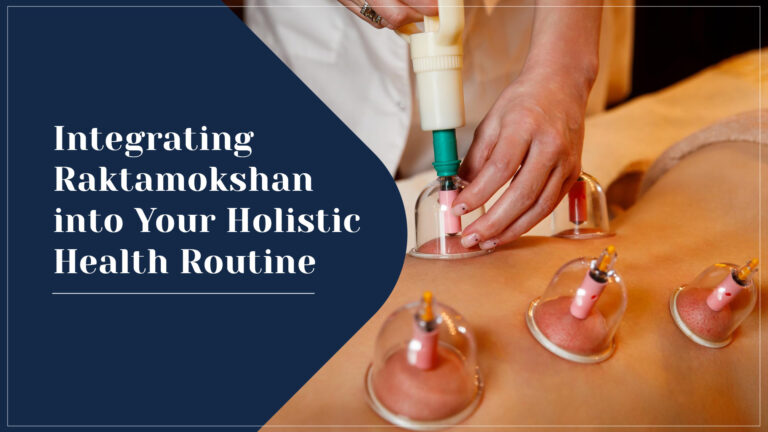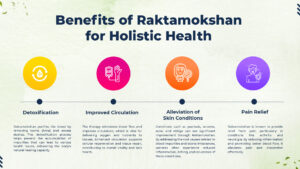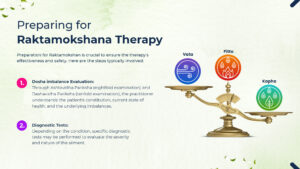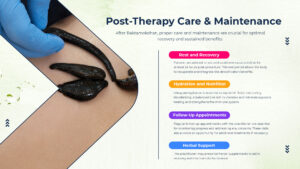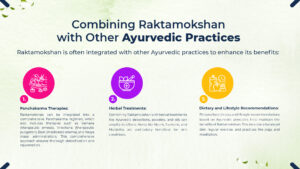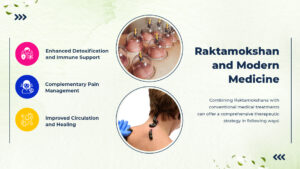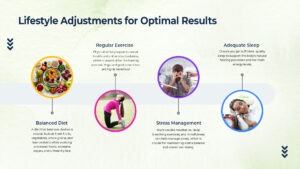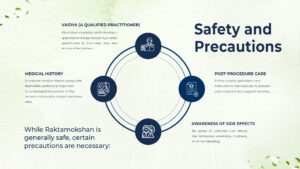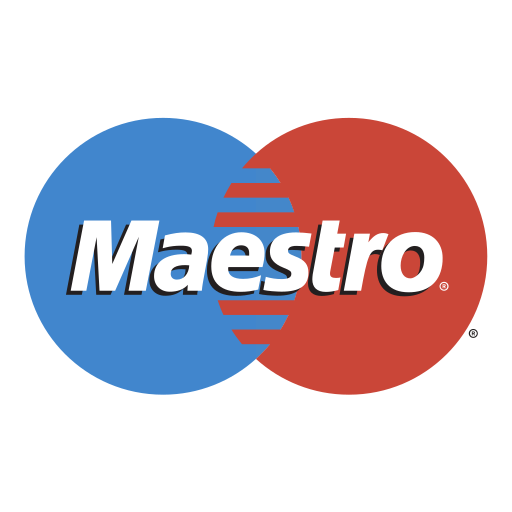Introduction to Raktamokshan
Raktamokshan, an ancient Ayurvedic therapy, involves the removal of a small amount of blood to eliminate toxins and balance doshas, particularly Pitta and Rakta. Rooted in the centuries-old wisdom of Ayurveda, Raktamokshan is one of the Panchakarma treatments designed for detoxification and purification. Traditionally, this therapy has been employed to treat various ailments, particularly those involving blood and skin conditions. By drawing out impure blood, Raktamokshan aims to restore health and harmony within the body, addressing not just the symptoms but the underlying causes of illness.
Benefits of Raktamokshan for Holistic Health
Modern research has begun to shed light on the mechanisms underlying Raktamokshana. For instance, leech therapy has been shown to possess anticoagulant, anti-inflammatory, and analgesic properties due to the bioactive substances released by leeches. Hyaluronidase, an enzyme secreted by leeches, helps in breaking down hyaluronic acid, promoting better circulation and faster healing of tissues. Studies have demonstrated the efficacy of leech therapy in conditions like various skin disorders, chronic venous insufficiency, osteoarthritis, and even certain types of chronic wounds.
The benefits of Raktamokshan extend beyond mere symptom relief, offering profound impacts on overall well-being:
Detoxification
Raktamokshan purifies the blood by removing toxins (Ama) and excess doshas. This detoxification process helps prevent the accumulation of impurities that can lead to various health issues, enhancing the body’s natural healing capacity.
Improved Circulation
The therapy stimulates blood flow and improves circulation, which is vital for delivering oxygen and nutrients to tissues. Enhanced circulation supports cellular regeneration and tissue repair, contributing to overall vitality and skin health.
Alleviation of Skin Conditions
Conditions such as psoriasis, eczema, acne, and vitiligo can see significant improvement through Raktamokshan. By addressing the root causes related to blood impurities and dosha imbalances, patients often experience reduced inflammation, itching, and recurrence of these conditions.
Pain Relief
Raktamokshan is known to provide relief from pain, particularly in conditions like arthritis and neuralgia. By reducing inflammation and promoting better blood flow, it alleviates pain and discomfort effectively.
Preparing for Raktamokshana Therapy
Preparation for Raktamokshan is crucial to ensure the therapy’s effectiveness and safety. Here are the steps typically involved:
Dosha imbalance Evaluation: Through Ashtavidha Pariksha (eightfold examination) and Dashavidha Pariksha (tenfold examination), the practitioner understands the patient’s constitution, current state of health, and the underlying imbalances.
Diagnostic Tests: Depending on the condition, specific diagnostic tests may be performed to evaluate the severity and nature of the ailment.
Identify Yogya and Ayogya for raktamokshana:
Indications (yogya):
- Skin diseases (Kushta)
- Chronic ulcers and wounds
- Gout (Vatarakta)
- Herpes (Visarpa)
- Eczema (Vicharchika)
- Psoriasis
- Varicose veins
Contraindications (ayogya):
- Anaemia (Pandu Roga)
- Severe debility
- Pregnancy
- Children and elderly (unless otherwise indicated)
- Excessive fear or anxiety about the procedure
Aahar (Dietary Adjustments)
Patients are advised to follow a specific diet leading up to the therapy. This diet typically emphasises light, easy-to-digest foods, avoiding heavy, oily, and spicy foods that can aggravate doshas.
Vihar (Lifestyle Modifications)
Patients are encouraged to adopt certain lifestyle changes, such as regular exercise, adequate hydration, and stress management practices like meditation and yoga. These adjustments help prepare the body for detoxification.
Aushadhi (Herbal Supplements)
In some cases, herbal supplements may be recommended to help prepare the body by improving digestive fire for detoxification processes.
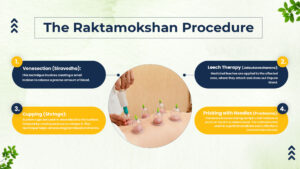
The Raktamokshan Procedure
There are several methods of Raktamokshana, including:
Venesection (Siravedha): This technique involves creating a small incision to release a precise amount of blood.
Leech Therapy (Jalaukavacharana): Medicinal leeches are applied to the affected area, where they attach and draw out impure blood.
Cupping (Shringa): Suction cups are used to draw blood to the surface, followed by small punctures to release it. This technique helps remove stagnant blood and toxins.
Pricking with Needles (Prachanna):Prachanna involves making multiple small incisions or pricks on the skin to release blood. This method is often used for superficial conditions and is effective in localised toxin removal.
Selection of Site
The practitioner identifies the appropriate site for bloodletting based on the patient’s condition and dosha imbalance. Common sites include veins in the forearm or specific points on the body relevant to the ailment.
Preparation
The site is cleansed and sometimes anaesthetised. Tools like sterilised needles or leeches (Jaloukavacharana) are prepared.
Bloodletting
Using the chosen method, a small amount of blood is drawn. The amount varies based on the patient’s health and the condition being treated.
Monitoring
The practitioner watches for ayoga (inadequate blood flow), atiyoga (excessive blood flow) symptoms and monitor the vital signs of the patient continuously.
Closure
Once the appropriate amount of blood is drawn, the site is cleaned and bandaged. Post-procedure care instructions are provided.
Post-Therapy Care and Maintenance
After Raktamokshan, proper care and maintenance are crucial for optimal recovery and sustained benefits:
Rest and Recovery
Patients are advised to rest and avoid strenuous activities for at least 24 hours post-procedure. This rest period allows the body to recuperate and integrate the detoxification benefits.
Hydration and Nutrition
Adequate hydration is essential to replenish fluids lost during bloodletting. A balanced diet rich in vitamins and minerals supports healing and strengthens the immune system.
Follow-Up Appointments
Regular follow-up appointments with the practitioner are essential for monitoring progress and addressing any concerns. These visits also provide an opportunity for additional treatments if necessary.
Herbal Support
The practitioner may prescribe herbal supplements to aid in recovery and maintain dosha balance.
Combining Raktamokshan with Other Ayurvedic Practices
Raktamokshan is often integrated with other Ayurvedic practices to enhance its benefits:
Panchakarma Therapies
Raktamokshan can be integrated into a comprehensive Panchakarma regimen, which also includes therapies such as Vamana (therapeutic emesis), Virechana (therapeutic purgation), Basti (medicated enema), and Nasya (nasal administration).This comprehensive approach ensures thorough detoxification and rejuvenation.
Herbal Treatments
Combining Raktamokshan with herbal treatments like Ayurvedic decoctions, powders, and oils can amplify its effects. Herbs like Neem, Turmeric, and Manjistha are particularly beneficial for skin conditions.
Dietary and Lifestyle Recommendations
Personalised dietary and lifestyle recommendations based on Ayurvedic principles help maintain the benefits of Raktamokshan. This includes a balanced diet, regular exercise, and practices like yoga and meditation.
Raktamokshan and Modern Medicine
Combining Raktamokshana with conventional medical treatments can offer a comprehensive therapeutic strategy in following ways:
1. Enhanced Detoxification and Immune Support
Modern medicine excels in acute care and managing complex diseases, while Ayurveda offers profound detoxification techniques. Raktamokshana can help in detoxifying the body, reducing the load on modern pharmacological treatments, and enhancing their efficacy. For example, patients undergoing chemotherapy can benefit from Raktamokshana as it helps in reducing the side effects and boosting the immune system .
2. Complementary Pain Management
Chronic pain conditions such as arthritis and migraines often require long-term management strategies. While conventional medicine typically uses analgesics and anti-inflammatory drugs, integrating Raktamokshana can offer additional pain relief. Leech therapy, in particular, has been shown to provide significant pain relief in osteoarthritis patients, potentially reducing the need for high-dose pain medications .
3. Improved Circulation and Healing
Raktamokshana techniques, such as cupping and leech therapy, enhance blood circulation and accelerate tissue healing. This can be particularly beneficial for patients with conditions such as diabetic ulcers or chronic venous insufficiency. A study published in the “Journal of Alternative and Complementary Medicine” demonstrated that patients with chronic non-healing ulcers experienced significant improvement after integrating leech therapy with conventional wound care practices .
4.Patient-Centred Approach
An integrated approach enables the creation of personalised treatment plans that cater to the patient’s unique needs.
Lifestyle Adjustments for Optimal Results
Making lifestyle adjustments can enhance the benefits of Raktamokshan:
Balanced Diet
A diet that balances doshas is crucial. Include fresh fruits, vegetables, whole grains, and lean proteins while avoiding processed foods, excessive sugars, and unhealthy fats.
Regular Exercise
Physical activity supports overall health and enhances circulation, which is essential for the healing process. Yoga and gentle exercises are highly beneficial
Stress Management
Practices like meditation, deep breathing exercises, and mindfulness can help manage stress, which is crucial for maintaining dosha balance and overall well-being.
Adequate Sleep
Ensure you get sufficient, quality sleep to support the body’s natural healing processes and maintain energy levels.
Safety and Precautions
While Raktamokshan is generally safe, certain precautions are necessary:
Vaidya (A Qualified Practitioner)
Procedure should be performed by a qualified and experienced Ayurvedic practitioner to minimise risks and ensure effectiveness.
Medical History
A detailed medical history along with dashvidha pariksha is important to understand the prakriti of the patient and provide proper treatment plan.
Post-Procedure Care
Follow all post-procedure care instructions meticulously to prevent complications and support recovery.
Awareness of Side Effects
Be aware of potential side effects like temporary weakness, dizziness, or minor bleeding.
Conclusion
Integrating Raktamokshan into your holistic health routine can offer profound benefits, from detoxification and improved circulation to the alleviation of chronic conditions. By preparing adequately, following the procedure with proper care, and combining it with other Ayurvedic and modern practices, one can achieve optimal health outcomes.The integration not only reduces the side effects associated with conventional treatments but also enhances their efficacy, leading to better health outcomes
For successful integration, collaboration between Ayurvedic practitioners and modern healthcare providers is essential. Cross-disciplinary training, continued research, and patient education will facilitate this process, ensuring a more personalised and effective healthcare experience.



